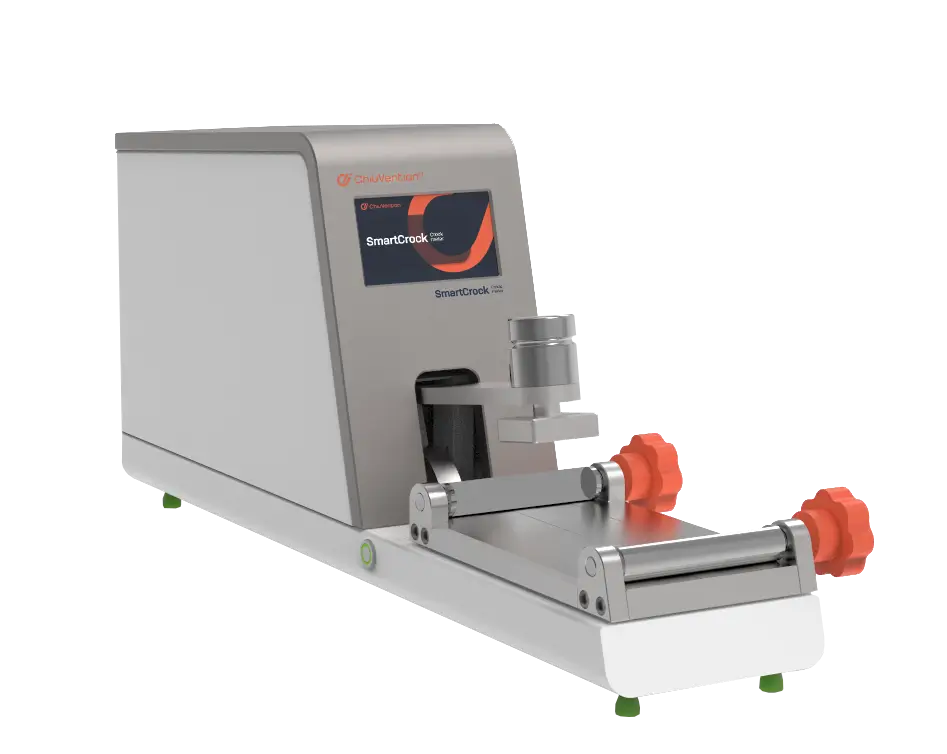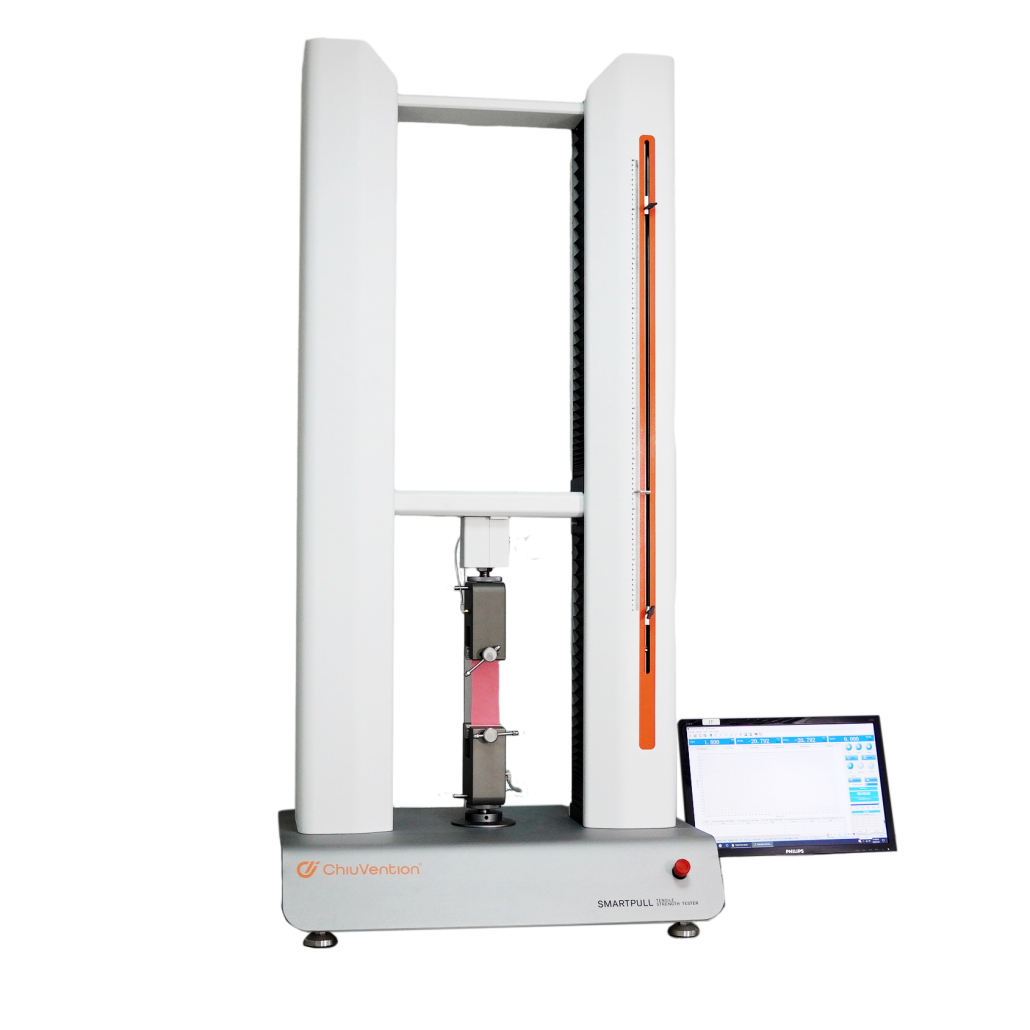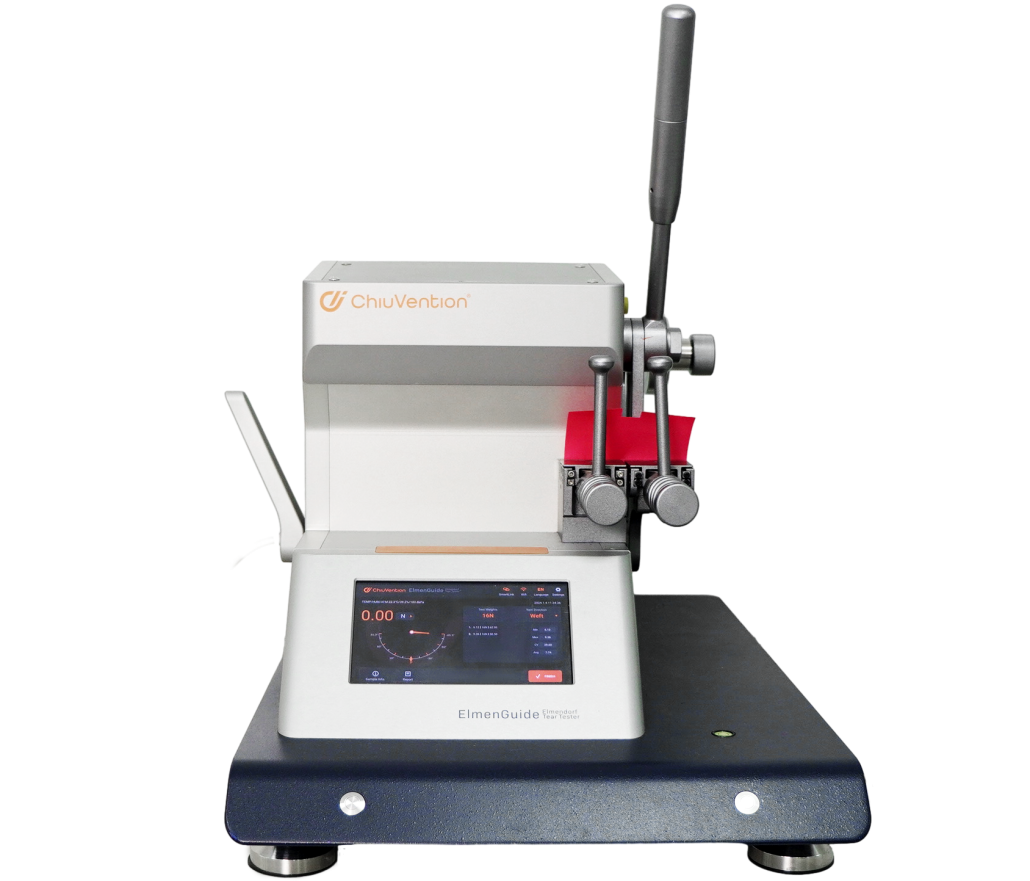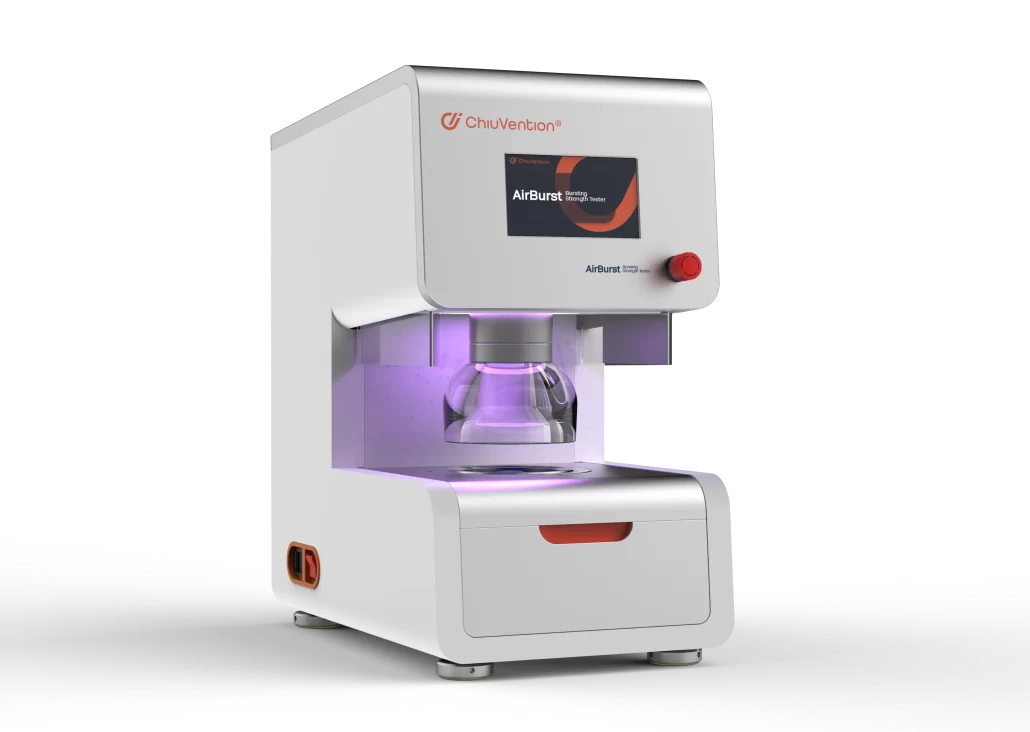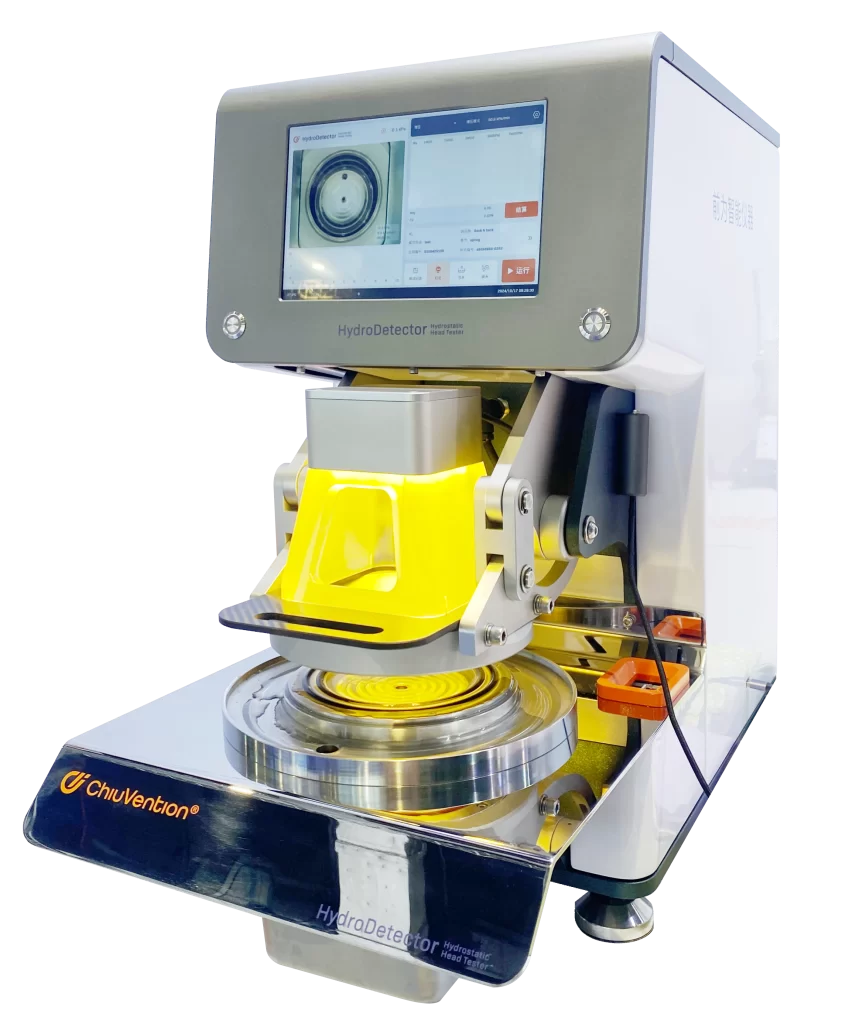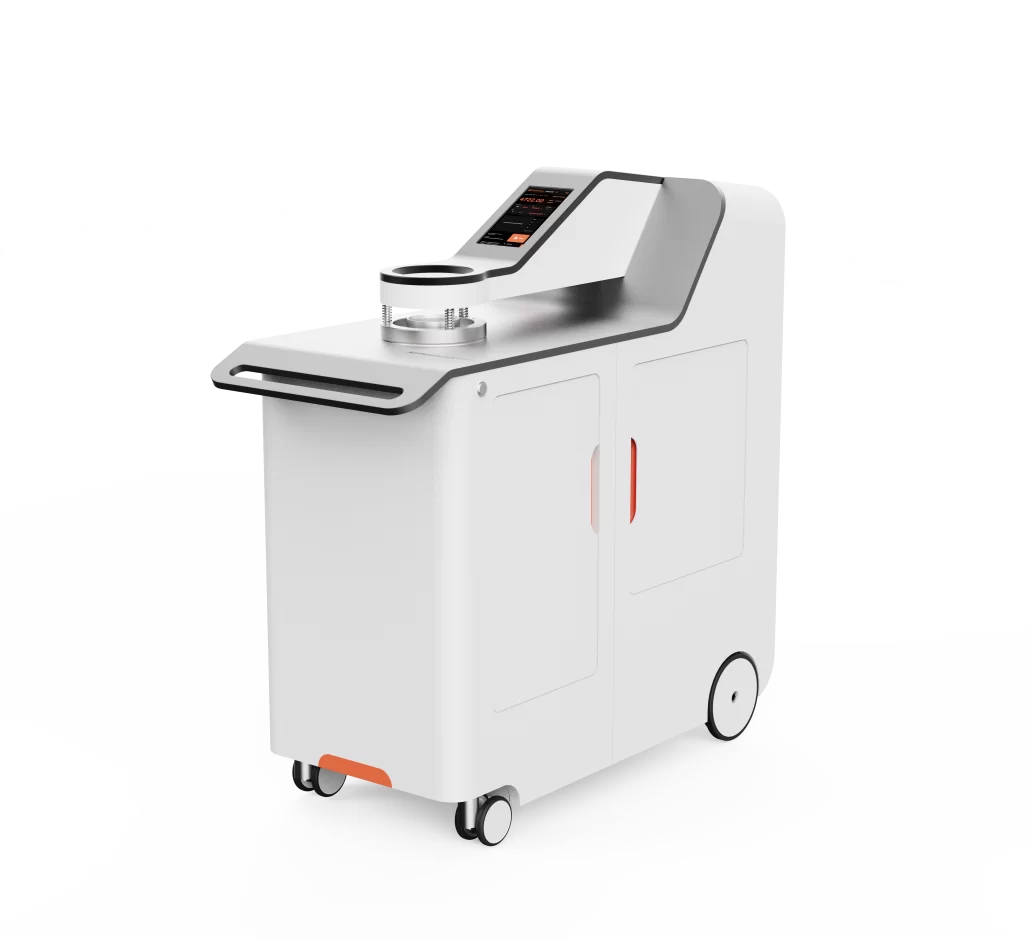Introduction
Evaluating fabric quality is essential for manufacturers, suppliers, and quality control professionals to ensure consistent textile performance. Whether working with cotton, wool, silk, or synthetic blends, precise laboratory testing plays a crucial role in determining strength, durability, and appearance standards. This guide explores six essential testing methods, including color fastness, strength testing, and defect inspection, offering a comprehensive understanding of how to assess fabric quality accurately in a laboratory setting.
Fabrics Quality Inspection: Gray Cotton Cloth
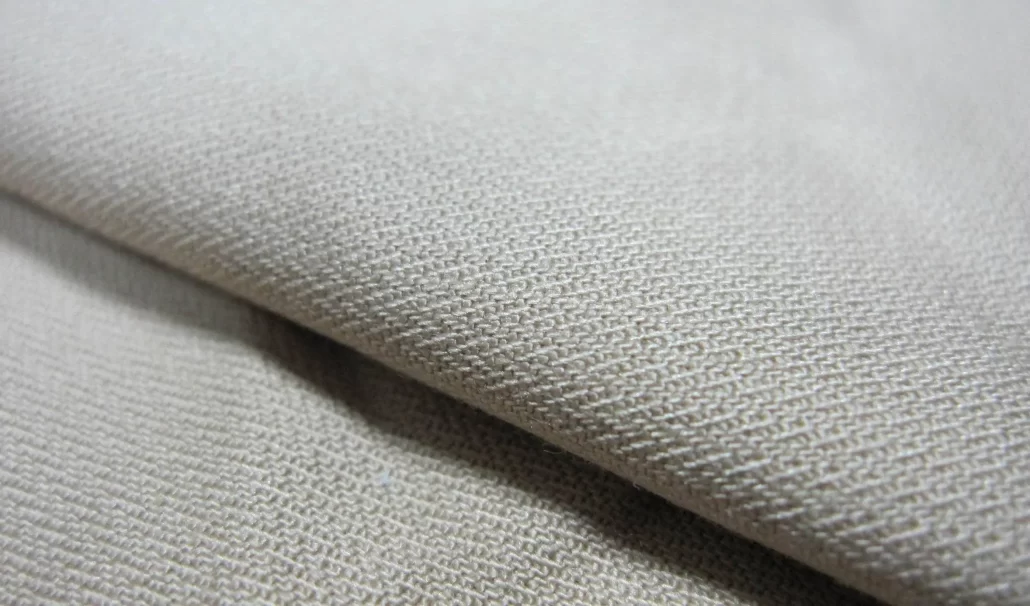
The inspection items include internal quality inspection and external quality inspection.
Internal quality inspection covers fabric structure, width, density, and breaking strength.
Appearance quality inspection includes the percentage of cotton knot defect grids, the percentage of cotton knot and impurity defect grids, and fabric defects.
Inspection of the Percentage of Cotton Knot Defect Grids and the Percentage of Cotton Knot and Impurity Defect Grids
Procedure: Take a sample (300×300), place the sample flat on the workbench, cover the sample with a glass plate (150×150, with 225 grids) used for appearance defect inspection, count the number of cotton knot defect grids N1 and the number of cotton knot and impurity defect grids N2, and calculate the percentage of cotton knot defect grids and the percentage of cotton knot and impurity defect grids.
Percentage of cotton knot defect grids = N1 / total number of grids
Percentage of cotton knot and impurity defect grids = N2 / total number of grids
| Fabric Classification | Total Fabric Tightness | Percentage of Cotton Knot Defect Grids (%) | Percentage of Cotton Knot and Impurity Defect Grids (%) | ||
| Superior | First Grade | Superior | First Grade | ||
| Combed Fabric | Below 85% Above 85% |
≤5 ≤5 |
≤12 ≤14 |
≤18 ≤21 |
≤23 ≤27 |
Inspection of Fabric Defects
Fabric defects refer to various flaws existing on the fabric.
The fabric defects of gray cotton cloth include:
Obvious Warp Defects
Broken Warp: The warp yarns in the fabric break and are missing.
Warp Shrinkage: Part of the warp yarns are woven into the cloth in a relaxed state, making the fabric surface uneven in a block or strip shape.
Reed Mark: The warp direction of the fabric shows uneven density in strips.
Floating Warp: The warp yarns do not interweave with the weft yarns according to the fabric structure but float above and below the weft yarns.
Tight Warp: The tension of part of the warp yarns in the fabric is too high.
Over-twisted Warp: The twist of part of the warp yarns is too large.
In addition, there are thick warp, double warp, wrong fiber, wrong threading of heddle and reed, needle mark, etc.
Obvious Weft Defects
Double Weft and Broken Picks: When the weft yarn breaks and the machine fails to stop, the fabric structure is damaged due to the lack of weft. In plain weave fabrics, it forms a double weft with two weft yarns in one shed; in twill and satin fabrics, it forms broken picks.
Weft Projection: There are 3 or more weft yarns in one shed.
Barre
Barre defects refer to the uneven arrangement of weft yarns on the fabric surface caused by poor loom performance, improper operation, etc.
- Crease Mark: The raised fluff mark left on the fabric after unweaving.
- Thin Weft, Thick Weft, and Cloud Weave: When the weft density of a section of the fabric is too small, it is called thin weft; when it is too large, it is called thick weft; when it is alternately thin and thick, it is called cloud weave.
Serious Defects
- Damaged Defects: Such as holes, skipped ends (3 or more warp and weft yarns do not interweave and float on the fabric surface), etc.
- Foreign Matter Defects: Such as flying fluff, waste yarn, oil stains, leather, metal, and other foreign matters are woven into the fabric.
Scoring (Deduction) Method
| 1 Point | 3 Points | 5 Points | 10 Points | ||
| Obvious Warp Defect Strips | Obvious Warp Defect Strips | Less than 5cm | 5 – 20cm | 20 – 50cm | 50 – 100cm |
| Obvious Weft Defect Strips | Obvious Weft Defect Strips | Less than 5cm | 5 – 20cm | 20 – Half Width | More than Half Width |
| Barre | Not Obvious | Half Width and Below | More than Half Width | ||
| Obvious | Half Width and Below | More than Half Width | |||
| Serious Defects | Scoring by Number of Roots | 3 – 4 Roots | 5 Roots and Above | ||
| Scoring by Length | 1cm | 1cm and Above |
Grading is carried out according to the scoring requirements per meter of cloth.
| 110cm and Below | 110 – 150cm | 150 – 190cm | 190cm and Above | |
| Superior Grade | 0.20 Points/m | 0.30 Points/m | 0.40 Points/m | 0.50 Points/m |
| First Grade | 0.40 Points/m | 0.50 Points/m | 0.60 Points/m | 0.70 Points/m |
| Second Grade | 0.80 Points/m | 1.00 Points/m | 1.20 Points/m | 1.40 Points/m |
| Third Grade | 1.60 Points/m | 2.00 Points/m | 2.40 Points/m | 2.80 Points/m |
Fabrics Quality Inspection: Printed and Dyed Cotton Cloth
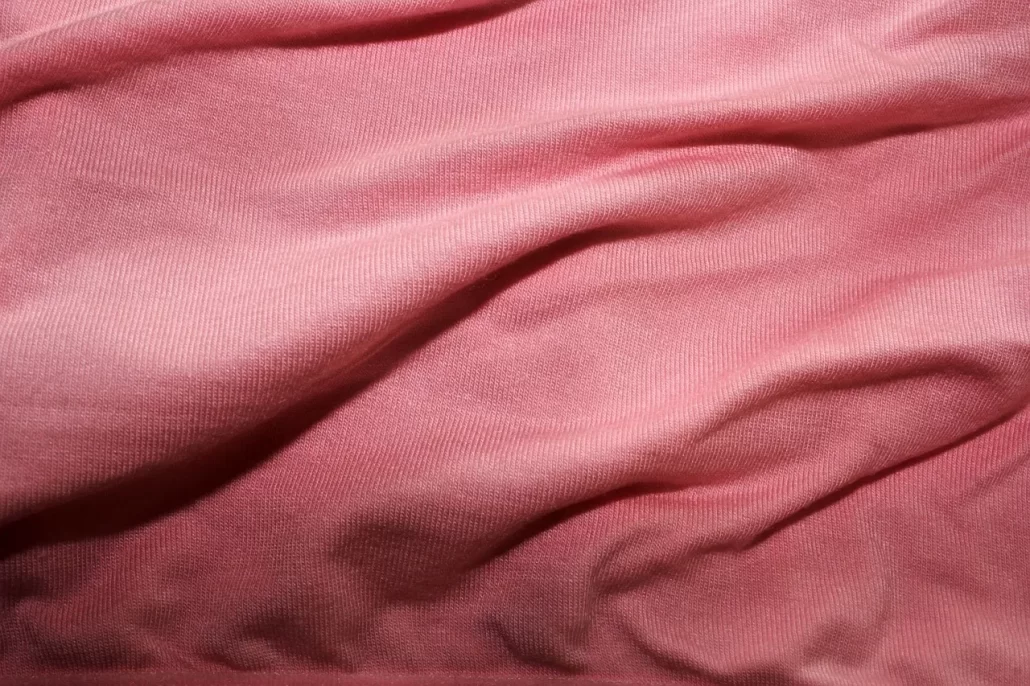
Grading is based on each piece, and it is divided into superior grade, first grade, second grade, third grade. Those lower than the third grade are off-grade products.
The inspection items include internal quality and external quality inspection.
Internal quality inspection is graded by items such as fabric density, weight per square meter, piece length, width, breaking strength, elongation at break, shrinkage rate, tearing strength, and color fastness.
Appearance quality inspection is scored according to the conditions of defects such as uneven dyeing, dyeing streaks, barre, skipped ends, oil stains, etc. combined with the scoring standard, and graded by the score.
After grading the internal quality and appearance quality respectively, the lowest grade is taken as the grade of this piece of cloth.
Grading of Some Items
| Project | Allowable Range | Grade | Superior Grade | First Grade | Second Grade |
| Defect Score per Meter | Width within 100cm | Width within 100cm | 0.3 | 0.4 | 0.8 |
| Width 100 – 135cm | Width 100 – 135cm | 0.4 | 0.5 | 1 | |
| Width 135 – 150cm | Width 135 – 150cm | 0.5 | 0.6 | 1.2 | |
| Width above 150cm | Width above 150cm | 0.6 | 0.8 | 1.6 | |
| Width Deviation | above 100cm | above 100cm | +2, -0.5 | +2, -1 | +2.5, -1.5 |
| Width 100 – 135cm | Width 100 – 135cm | +2.5, -1 | +2.5, -1.5 | +3, -2 | |
| Width above 135cm | Width above 135cm | +3, -1.5 | +3, -2 | +3.5, -2.5 | |
| Color Difference Grade | Left, Middle, Right | Bleached Cloth | 4.5 | 4 | 4 |
| Printed Cloth | 4 | 3 – 4 and above | 3 – 4 |
Fabrics Quality Inspection: Woolen Fabrics

The inspection items include internal quality and external quality inspection.
Internal quality inspection includes physical quality, physical properties, color fastness, and other items.
External quality inspection includes the inspection of local defects (warp and weft directions) and diffused defects (warp and weft directions).
Grading Methods for Each Item
Physical Quality: Compare with the sealed sample.
Physical Properties: Multiple items
Color Fastness: Multiple items
Defect Inspection: Multiple items
Fabrics Quality Inspection: Silk Fabrics

The inspection items include internal quality and external quality inspection.
Internal quality inspection includes piece length, width, warp and weft density, weight per square meter, breaking strength, dimensional change rate, and color fastness.
External quality inspection includes inspection of hand feel, pattern, color, and appearance defects.
Fabrics Quality Inspection: Knitted Fabrics
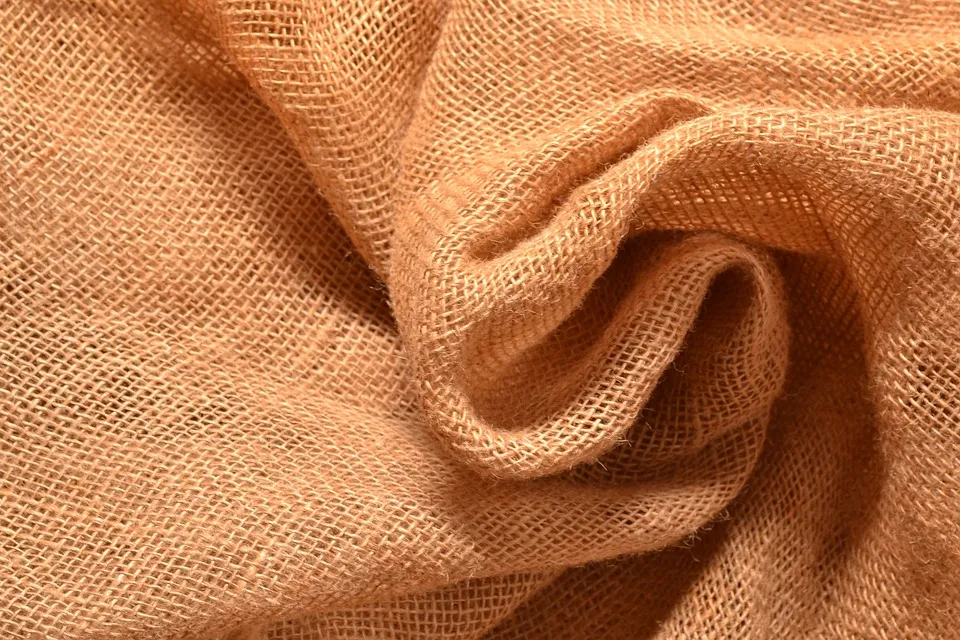
Quality Inspection of Cotton Knitted Underwear
The inspection items include internal quality and external quality inspection.
Internal quality inspection includes weight per square meter, bursting strength, shrinkage rate, and color fastness.
External quality inspection includes surface defects, specification size tolerances, and dimensional differences of the fabric itself.
Quality Inspection of Woolen Sweaters
The inspection items include internal quality and external quality inspection.
Internal quality inspection includes fiber content, single-piece weight deviation, bursting strength, seam strength, pilling resistance, and color fastness.
External quality inspection includes surface defects, specification size tolerances, and dimensional differences of the fabric itself.
The inspection items include internal quality and external quality inspection.
Internal quality inspection is mainly the weight deviation per square meter.
Appearance quality inspection is mainly surface defects (number of defects per piece, meters per defect, yards per defect).
| Number of Defects | Superior | First Class | Second Class |
| 1 | Above 25 Yards | 24 – 14 Yards | Below 13 Yards |
Six Common Laboratory Testing Methods
Color Fastness Testing
Color fastness refers to the ability of a fabric to maintain color stability under different conditions. It usually involves treating the sample together with a blank control fabric, and then evaluating the color change degree of the original sample and the staining situation of the control fabric.
Common Color Fastness Items
- Color Fastness to Washing/Soaping: Usually, factors such as detergent, temperature, and time are considered to simulate the impact of daily washing on the fabric color.
The WashTrue Colour Fastness Tester measures color fastness to washing, meeting standards like ISO 105 C06:2010 and AATCC61-2013e3. It has an intuitive touch screen for selecting test standards, parameters, time, and temperature. The device alerts you when the test is complete with a buzzer alarm.

- Color Fastness to Rubbing: Divided into dry rubbing and wet rubbing, imitating the friction situation during daily wearing or cleaning.
SmartCrock Crockmeter tests the color fastness of textiles or leather by rubbing them dry or wet. It’s automatic, repeatable, and ensures accurate results. The device follows ISO 105×12, GB/T 3920, and other standards, making it suitable for cotton, fibers, blended fabrics, and leather.
- Color Fastness to Perspiration: Simulating the human sweat environment to test the color fastness of dyed fabrics under sweat stains.
- Color Fastness to Water: Evaluating whether the color will dissolve or transfer.
- Color Fastness to Light: Testing the color fastness of dyed fabrics under natural or artificial light irradiation to evaluate the color stability to light.
Strength Testing
Fabric strength testing is mainly used to measure the ability of fabrics to resist external force damage. The principles of different testing methods vary.
Fabric Strength Testing Items
- Breaking Strength: Testing the stress distribution and breaking situation of fabrics during the stretching process. It is suitable for woven fabrics, especially washed and finished clothing, denim clothing, and bedding.
The SmartPull Fabric Tensile Strength Tester measures tension, compression, bending, bursting, shearing, and peeling forces in materials like fabric, leather, plastic, and paper. It collects data, analyzes it, and generates results and reports using computer control. This tester meets international standards like ISO and ASTM, ensuring reliable results.
- Tearing Strength: Testing the anti-tearing ability of fabrics when subjected to local tearing. It is mainly used for regular products such as denim clothing, shirts, men’s and women’s suits.
The Elmendorf Tear Tester, also known as the Elmendorf Tearing Tester or Tearing Strength Tester, accurately measures the tearing strength of fabric using a reliable pendulum tearing method. By cutting the fabric and calculating the force required to tear it to a certain length, this device determines the fabric’s tear resistance, providing valuable insights into its durability.
- Seam Strength: Testing the slippage situation of fabrics at the seams due to stress. It is applicable to woven and knitted fabrics, especially the seams of clothing.
- Bursting Strength: Testing the anti-bursting ability of fabrics under multi-directional stress. It is often used for non-woven fabrics, knitted fabrics, etc.
- Diaphragm Bursting Strength: Divided into hydraulic method and pneumatic method. It is widely used in the mechanical property evaluation of various materials, especially in the fields of textiles, non-woven fabrics, leather, paper, sheet materials, etc.
This AirBurst tester checks strength of textiles, films, paper, and foam. It’s simple to operate and maintain. AirBurst is a pneumatic tester. For higher and more stable pressure, use a hydraulic tester like HydroBurst.
Shrinkage Testing
Detecting the dimensional change of fabrics after washing or ironing.
The SmartShrink Fabric Shrinkage Tester provides rapid results in 5 seconds. It tests fabrics after washing, steaming, and dry-cleaning. The tester also assesses warp and weft shrinkage, seam twist, and other distortions.
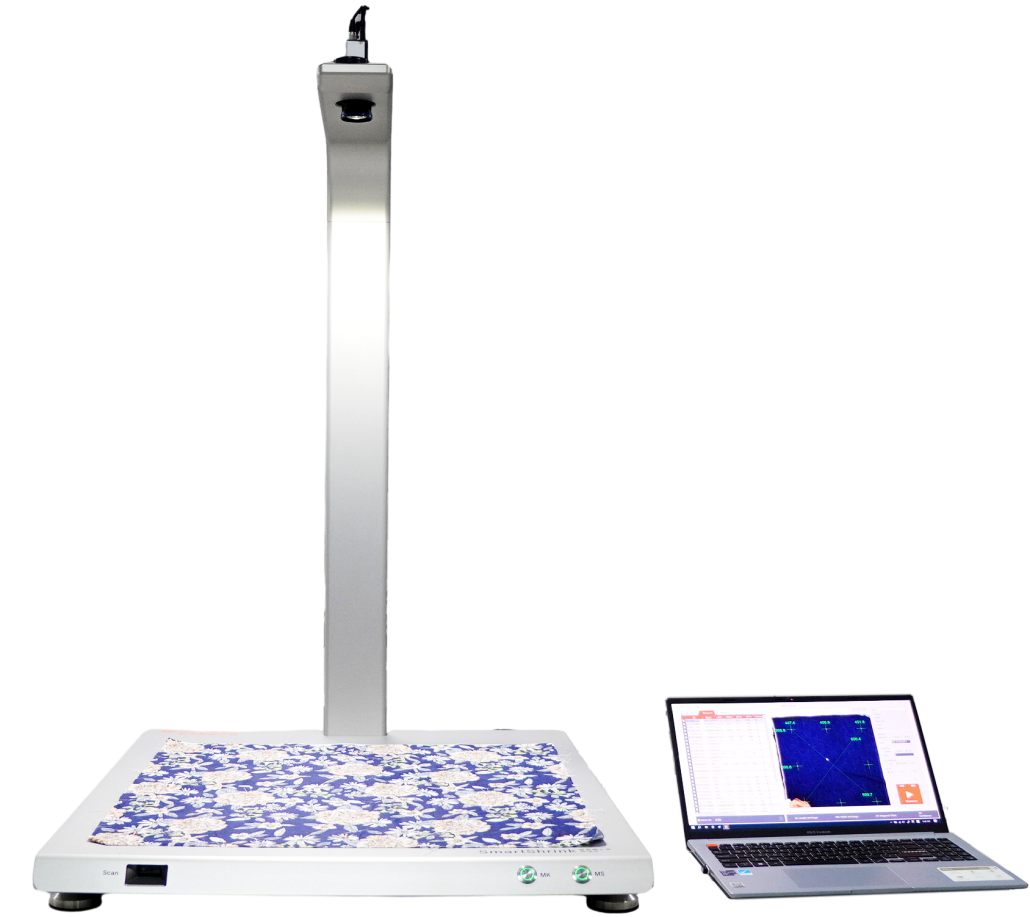
Pilling Resistance Testing
The test makes the fabric and the friction object rub repeatedly in different ways, and observes and evaluates the degree of pilling.
Common Testing Methods
- Circular Track Method
- Martindale Method
- Pilling Box Method
- Random Tumble Method
The series includes: Smartindale Abrasion and Pilling Tester, Unidale Abrasion and Pilling Tester, PillSnag Pilling and Snagging Tester, TumblePill Random Tumble Pilling Tester, SmartSnag Sagging Tester.
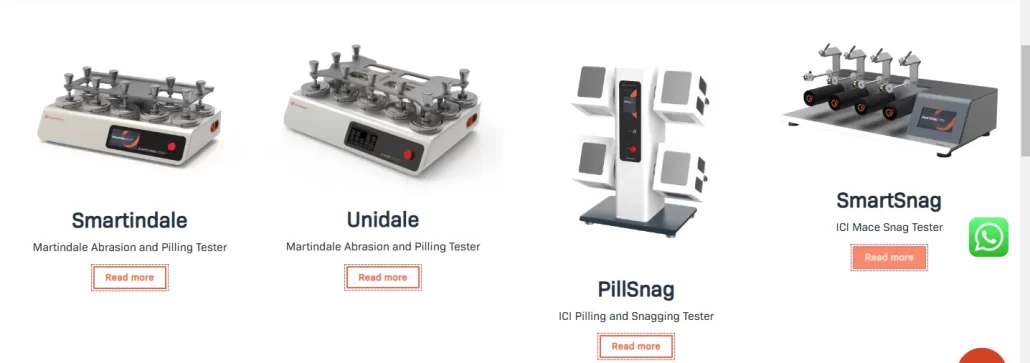
Waterproof Testing
Measuring the ability of fabrics to withstand water pressure under standard atmospheric conditions to evaluate their waterproof performance.
Common Testing Methods
- Hydrostatic Pressure Testing: Testing the waterproof ability of fabrics by applying pressure.
- Spray Testing: Simulating the impact of rainwater on fabrics.
The HydroDetector Hydrostatic Head Tester measures a material’s water resistance under pressure. It shows how much pressure a material can handle before water seeps in.
The HydroDetector meets international standards for testing water resistance in materials like clothing, gear, building materials, and medical supplies.
Air Permeability Testing
Under the specified pressure difference conditions, measuring the air flow rate passing vertically through a given area of the sample within a certain time, and calculating the air permeability rate.
AirFicient Air Permeability Tester provides quick and reliable results. It lets you set limits and monitor tests from your smartphone, boosting work efficiency. It’s suitable for various textiles, like technical fabrics and breathables.
Our air permeability meter complies with various standards, including GB/T5453, ISO 9237, ISO 9073:15, JIS L1096 Item 8.26: Method C, BS 3424-16, BS 6F 100 3.1, NWSP 070.1 RO (15), and GB/T 24218.15, among others.
Conclusion
In conclusion, fabric quality inspection is a multifaceted process that requires a comprehensive understanding of various inspection methods and laboratory tests. By conducting thorough quality inspections and utilizing the six common laboratory testing methods discussed – color fastness testing, strength testing, shrinkage testing, pilling resistance testing, hydrostatic pressure resistance testing, and air permeability testing – we can accurately evaluate the performance and durability of fabrics. This knowledge not only benefits textile manufacturers in maintaining high product standards but also helps consumers make better choices when purchasing textile products. As the textile industry continues to evolve, staying updated with these quality assessment techniques will ensure that we can identify and appreciate high-quality fabrics, contributing to the production and consumption of superior textile goods.
ChiuVention focuses on smart textile testing instruments. For more information about laboratory testers or to obtain professional testing solutions, please contact us!
Email: sales@chivention.com
WhatsApp: +86 180 2511 4082
Linkedin: Chiuvention
